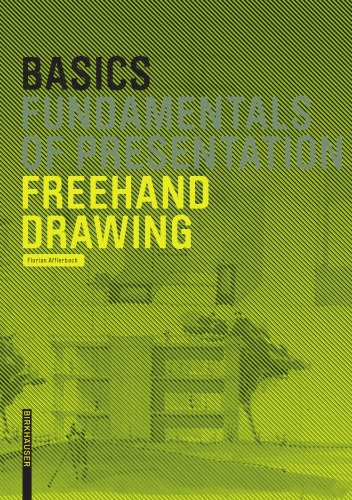

Most ebook files are in PDF format, so you can easily read them using various software such as Foxit Reader or directly on the Google Chrome browser.
Some ebook files are released by publishers in other formats such as .awz, .mobi, .epub, .fb2, etc. You may need to install specific software to read these formats on mobile/PC, such as Calibre.
Please read the tutorial at this link. https://ebooknice.com/page/post?id=faq
We offer FREE conversion to the popular formats you request; however, this may take some time. Therefore, right after payment, please email us, and we will try to provide the service as quickly as possible.
For some exceptional file formats or broken links (if any), please refrain from opening any disputes. Instead, email us first, and we will try to assist within a maximum of 6 hours.
EbookNice Team

Status:
Available0.0
0 reviewsThe importance of Freehand Drawing for educating architects is often underestimated. However, this craft is essential for any designer. The act of drawing shows you how to see and observe. It helps develop spatial imagination. A design idea can be quickly and easily clarified and displayed in only a few strokes. The sketch in perspective is vital in design presentations whether at the design academy or in meetings with contractors - every architect needs to master this craft.
Basics Freehand Drawing explains step-by-step how to develop a perspective drawing from the initial structure of the image to various drawing techniques and the use of colour. It also shows in numerous colour illustrations different drawing techniques and examples of presenting perspective drawings of buildings, interiors, and details.
Florian Afflerbach, (1980-2016), was an architect, research assistant at the Siegen University and at the TU Dortmund.
BASICS Architectural Series: At the beginning of one's architecture studies, there are many unknowns: what is really important? how do I brainstorm a design idea? how can this idea be depicted and ultimately implemented? BASICS is a series that imparts fundamental knowledge in compact individual volumes as well as in topical compendiums. It offers precise, step-by-step discussions, systematically covering the most important material pertaining to a given topic. Tailored to the needs of students, the series addresses all key subject areas, including design, architectural presentation, construction, professional practice, building services, landscape architecture, and urbanism.